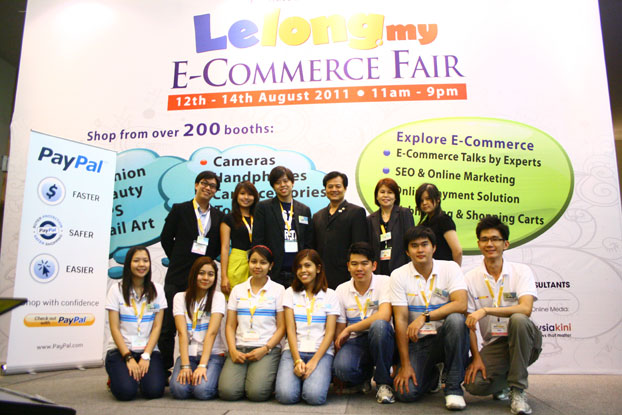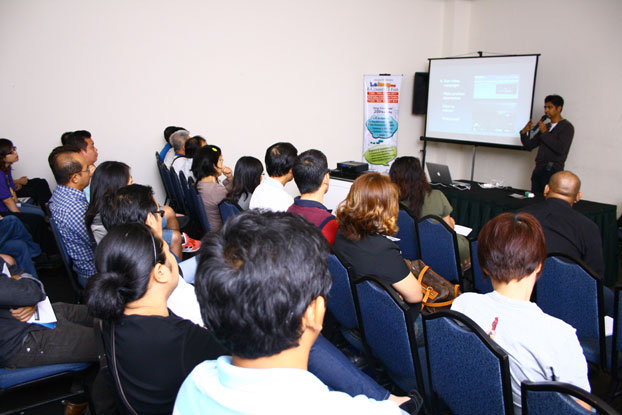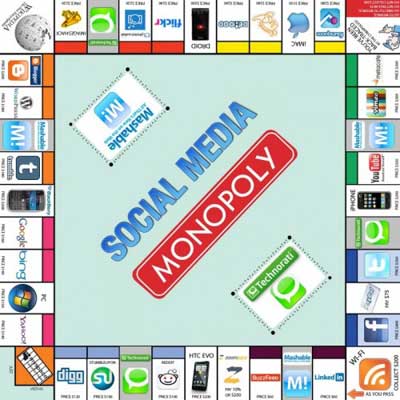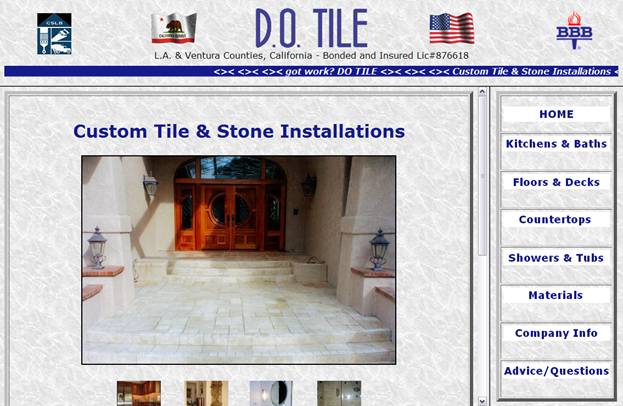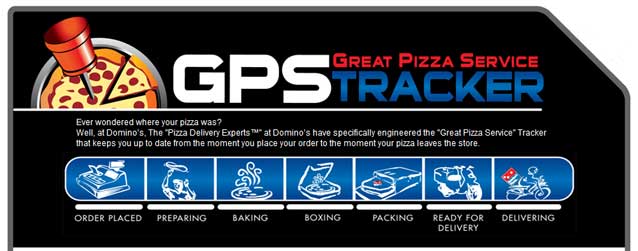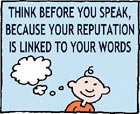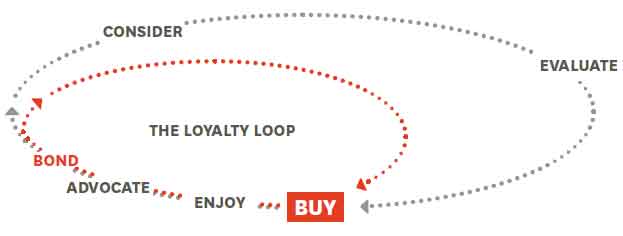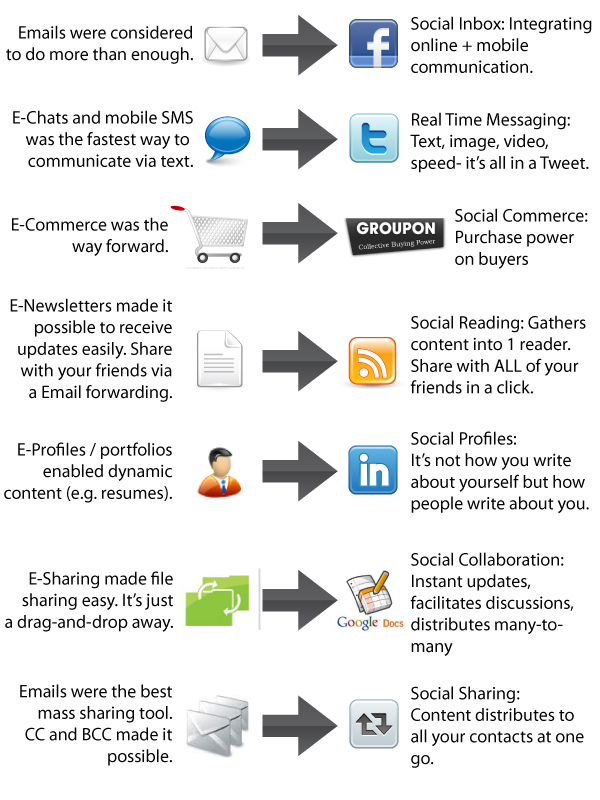The Lelong.my E-Commerce Fair 2011 and A Social Media Experiment
The last couple of weeks has been nothing but busy, followed by a major downtime of my site caused by some rather irritating server problems but I’m glad that they are all sorted out now and I can finally go back to my blogging routine.
I recently launched an event for a client (Lelong.my) which is also Malaysia’s first E-Commerce Fair held at one of the busiest exhibition centres in Malaysia – the Mid Valley Exhibition Centre. The event lasted for 3 days over the weekend with the main objective to highlight the E-Commerce industry in Malaysia and to educate consumers on the convenience of E-Commerce.
Before you go about wondering why an event of such nature is required, consumers in Malaysia generally are not very comfortable with online purchases and the limitation of payment services makes things worse. However the E-Commerce scene in Malaysia is slowly picking up over the recent years which led to Lelong.my’s decision in bringing the online experience offline for all to see.
The event brought online retail businesses from electronics, books, gadgets, fashion apparels, home appliances and etc together along with various support industries such as payment gateway giant – PayPal, web hosting providers, shopping cart solutions and more. By doing so, consumers are now able to find out more about such services and get started right there and then, ultimately mass educating many who were clueless about e-commerce.
As a whole, the event attracted over 60,000 visitors throughout the 3-day event with over a million impressions online across various platforms including blogs, Facebook updates and tweets plus complementary press write-ups on several local newspapers.
A Social Experiment at the Event
Being myself, I thought it would be great to put to see if social media is effective for a corporate consumer event in Malaysia. A part from the usual online promotional campaigns using Facebook (which was well received), I tested the usage of Twitter and Foursquare, two platforms that aren’t as big as Facebook in Malaysia.
The experiment is simple and it comes in 2 different parts:
Part 1: Using Foursquare to target existing Foursquare users.
A new venue is created on Foursquare prior to the event (without any specials) just to test the popularity of checking in. The results?
 It didn’t cook up a storm but the results are rather interesting. The newly created venue managed to bring in 24 check-ins (with a mayor crowned) and 1 tip from a visitor within the 3-days as compared to the venue’s other check-ins (Hall 1, Hall 2 and Hall 3) which have been created at least a year ago.
It didn’t cook up a storm but the results are rather interesting. The newly created venue managed to bring in 24 check-ins (with a mayor crowned) and 1 tip from a visitor within the 3-days as compared to the venue’s other check-ins (Hall 1, Hall 2 and Hall 3) which have been created at least a year ago.
This suggests that visitors are more inclined to check-in to an event compared to a location (like the exhibition centre) even when there are no specials to be given away.
Part 2: Using Twitter’s location based search to target tweeps within the area.
We closely monitored users that were checking in to the Mid Valley Megamall and those that are tweeting within the vicinity of the venue and sent them an invitation to check out the e-commerce fair at the exhibition centre.
While the temporary Twitter handle only received a handful of followers, the invitation sparked conversations among interested tweeps and we were able to share the event with many others.
What does this mean for other corporate consumer events in Malaysia?
- Facebook reaches the consumers at a larger scale in Malaysia as compared to other social platforms
- Foursquare specials have the potential to be an attraction or incentive for visitors to come by (or just to check-in)
- Twitter is a good tool to create conversations, create interest and responding to feedbacks
- Twitter’s location based search allows you to capitalize on the crowd that is already in the vicinity. You just need to give them a reason to come by.
- You should not rely on one social platform alone. Consider other platforms to reach out to other pockets of consumers as each tool have their individual strengths and audiences.
What are your thoughts on utilizing social media as part of an event’s marketing mix? Any ideas to spice things up?
Note that the experiments were done on an as-it-is basis with its conclusions drawn from a personal perspective only.

